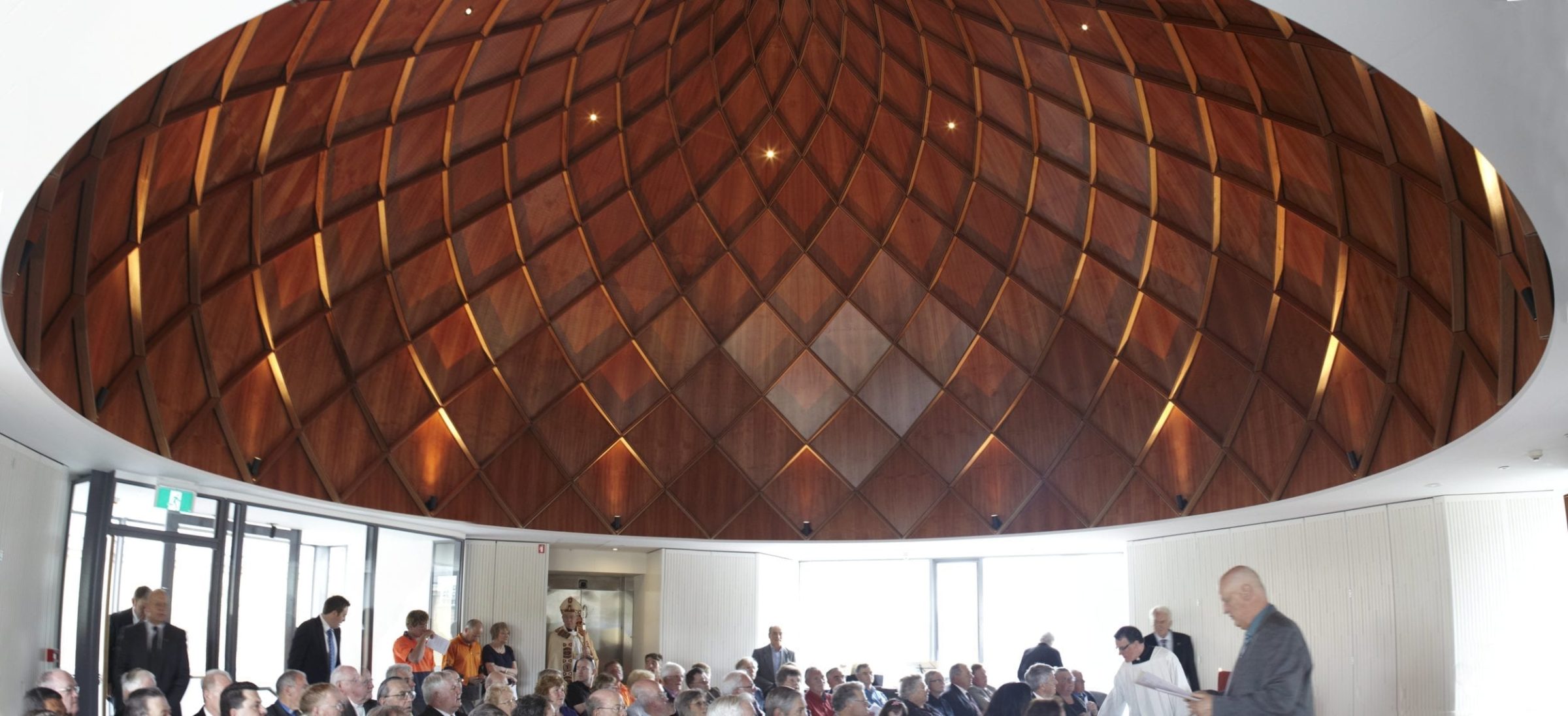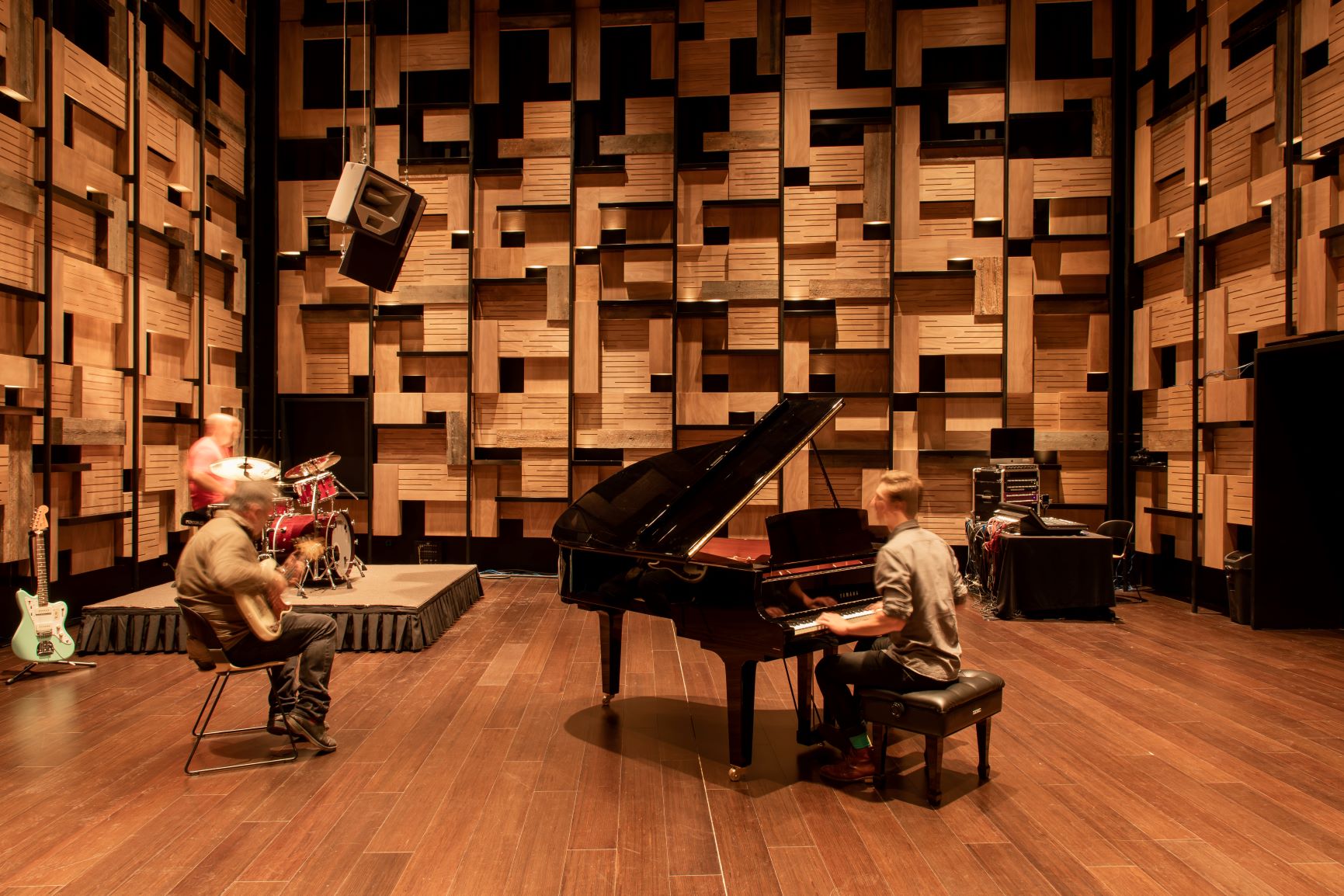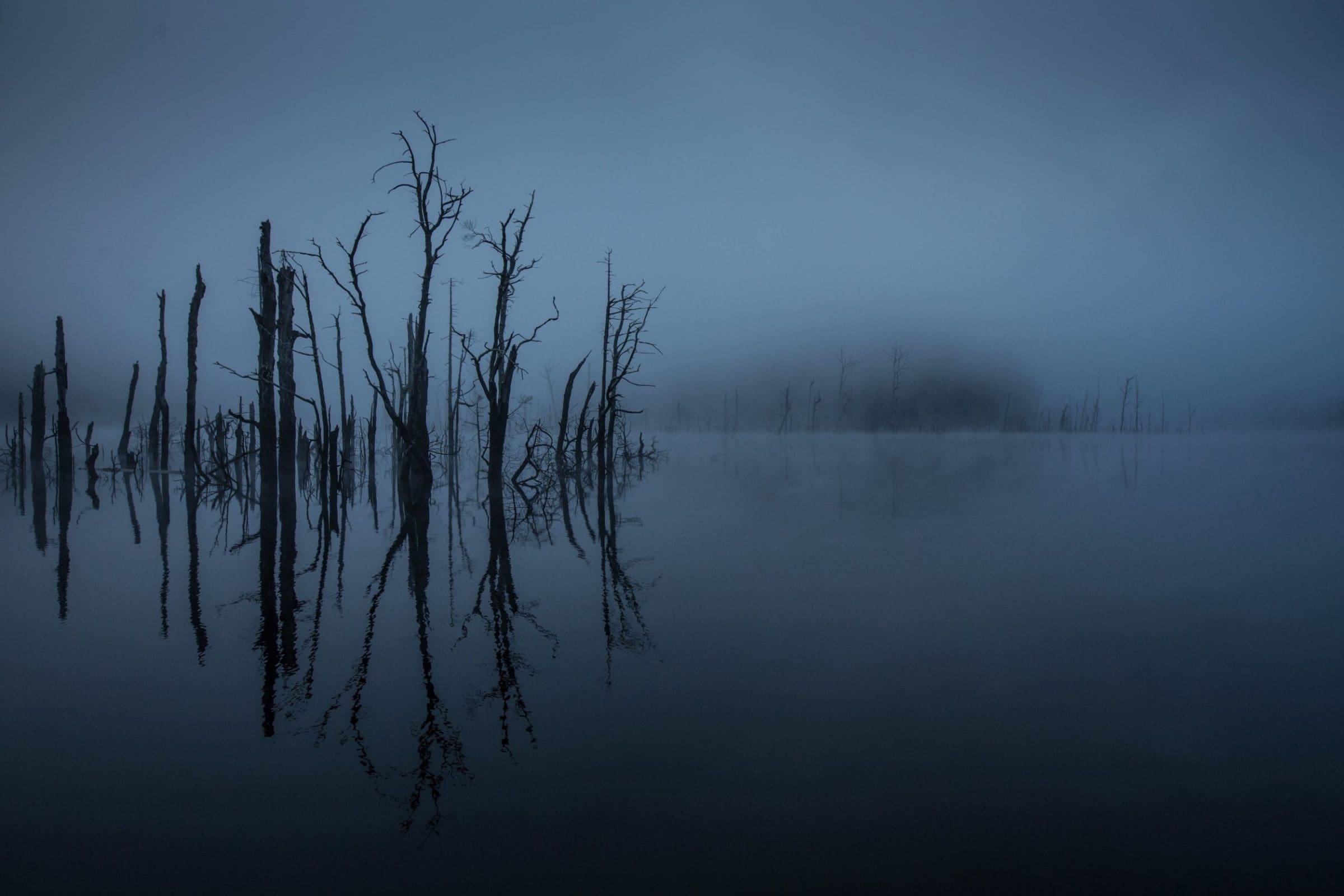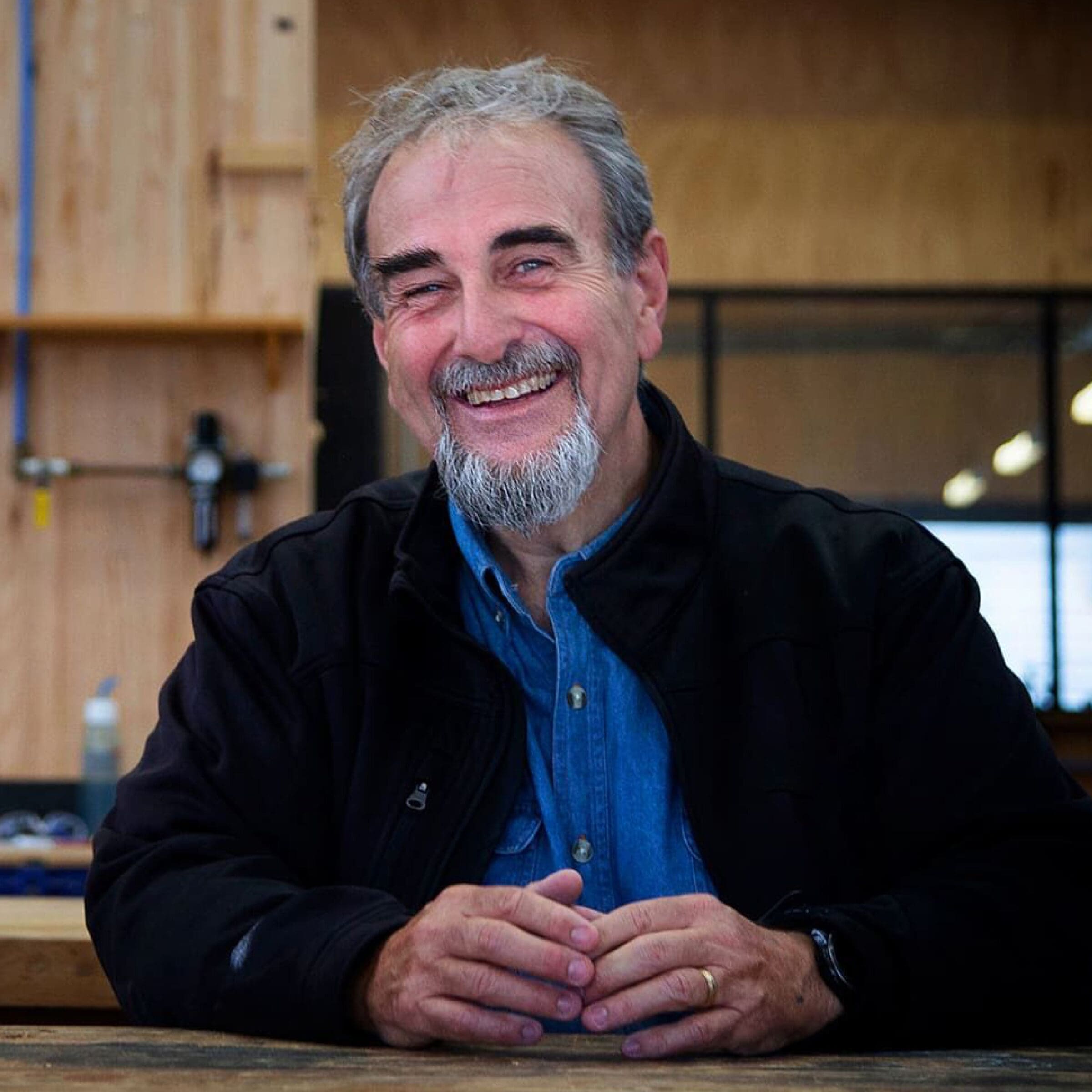Playing in the shadows, Tasmanian Timber is brought to light
Furniture and lighting designer Duncan Meerding is passionate about sustainable design.
Favouring the use of timber in his designs, Meerding follows the design ethos that ‘a product should last as long as it took for the tree to grow.’ With his popular designs receiving international recognition and awards, his lighting masterpieces are set to do just that – and beyond.
Based in Hobart, Duncan’s pride and connection with his island home are generously reflected throughout his work. Fueling his inspiration is the raw and natural beauty of the Tasmanian wilderness.
“So often when we talk about the beauty of Tasmania, we immediately think of these remote parts of the state. While these areas are of course pristine, I’m often inspired by the local bush that’s just minutes away, where so much beauty lies.”
Sustainably sourced and designed
Meerding’s most recognised designs include ‘The Stump Light’, ‘Cracked Log Lamp’ and ‘Propeller Pendant Light’, with their organic features and natural shapes that so clearly pay homage to his surroundings.
While the Stump Light and Cracked Log Lamp are made of salvaged timber that otherwise would have been burnt, the Propeller Pendant Light range is made from sustainably sourced Tasmanian Oak and Blackwood. Meerding explains that he was drawn to use Tasmanian species for an array of reasons.
“Blackwood and Eucalypt [Tasmanian Oak] are a local material, easy to source and have beautiful aesthetic qualities. If managed properly, these are both sustainable timber species for long term harvesting that are great for a production base.”
Ticking the boxes for sustainability, locality and aesthetics, Meerding also explains the importance of workability of a hardwood as a furniture maker.
“I’m a huge proponent of choosing the right timber for the right application. Blackwood was chosen for the Propeller Pendant Light for its strength and tolerance to but cut very thin. I also chose Eucalypt [Tasmanian Oak] for its tight grain structure and its predictable performance when cutting it.
Designing by feel
Drawn to lighting design for its playful and experimental nature, Meerding’s relationship with light and shadows is unique. Being legally blind with less than 5% of his sight remaining, Meerding relies on the casting of light and how it reflects off of the objects that surround him, making his design process and technique especially hands-on. Having set up his workshop to accommodate his vision impairment, Meerding relies on custom saws, talking tape measures, jigs and reference points to help with his creative process.
An advocate of making design accessible to everyone, in July 2019 Meerding accepted a position as a guest teaching fellow and lecturer with the Architecture Beyond Sight Program at The Bartlett School of Architecture and design at the University College of London.
A beacon for Tasmanian design
No stranger to success, Meerding has not only received local attention but also recognition from the international design community for his pieces. The Stump Light won ‘Best Floor Light of 2018’ at the renowned DARC Awards in London, his works exhibited at the 2018 Venice Biennale, and his pieces have been held at exhibitions around the United States.
Commissioned locally in Hobart, Meerding’s work can be found at the buzzy, timber-clad hotspot, The Den as well as throughout the boutique luxury hotel Macq 01.
Continuing to be driven by the mood and tone that lighting can alter and create, Meerding says there’s more forms to be discovered and experimented with, and he’s happy to be in Tasmania to continue his passions. As the design space in Tasmania continues to grow, Meerding says he’s proud to be a part of it.
“The Tasmanian design scene is filled with camaraderie and support of one another. Having this community, I think is really inspiring and its pushed me to keep going. It’s not really a matter of competition, but more about having that support from one another and the ability to lift each other up.”

















